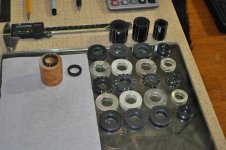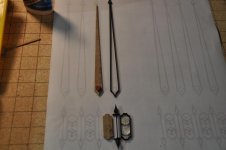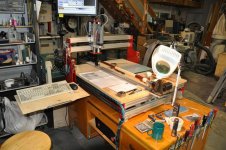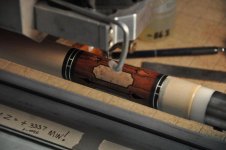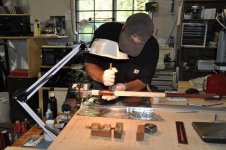As a long-time forum lurker and avid researcher, I have learned a great deal of info from AZ Billiards “Ask the Cuemaker” and the “Cue Machinery” forums. I figured the least I could do would be to give something back. In this case, a photo build-log of my Gambler themed cue. This is the first time I’ve posted any of my cue pictures of on AZ, but figured I’d share this one.
I started this cue before my CNC machine arrived, but the intention was to inlay it all along, so my assembly process may have been a little out of sequence as the cue was completely assembled and .020 oversize prior to the inlays. Anyway, here it is.
Regards,
Frank
I started this cue before my CNC machine arrived, but the intention was to inlay it all along, so my assembly process may have been a little out of sequence as the cue was completely assembled and .020 oversize prior to the inlays. Anyway, here it is.
Regards,
Frank


